Over the years, we have witnessed astonishing virtual universes in science fiction movies and series, where individuals possess virtual identities that differ from their real-life personas. These once-fictional realms have transformed into reality, incorporating all the qualities we previously encountered in films and surpassing our expectations.
Today, every metaverse has a fully functioning economy utilized by famous brands to market their products and leverage the technology to engage with existing communities. To do their best, brands boost the Metaverse Marketing and follow a series of tactics to reach more consumers in these virtual universes.
This article discusses some of these tips, helping you use the metaverse’s unique features to sell virtual items and goods!
What Is the Metaverse?
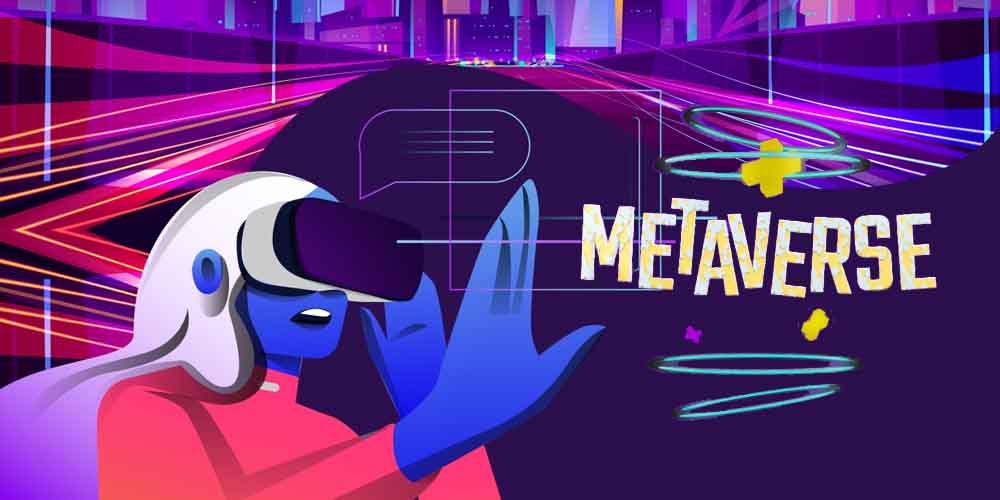
Metaverse is the combination of two words: meta and universe. Meta, from the Greek meta – (μετά-), means beyond or after. The universe is the physical space where everything is happening at the same time. Etymologically, the concept “Metaverse” means “Beyond the Universe,” which we can understand as “Another Universe.”
Indeed, the metaverse is an alternative virtual world where participants have a parallel life. Sometimes, these lives can directly affect the real world and vice versa.
Understanding the Metaverse
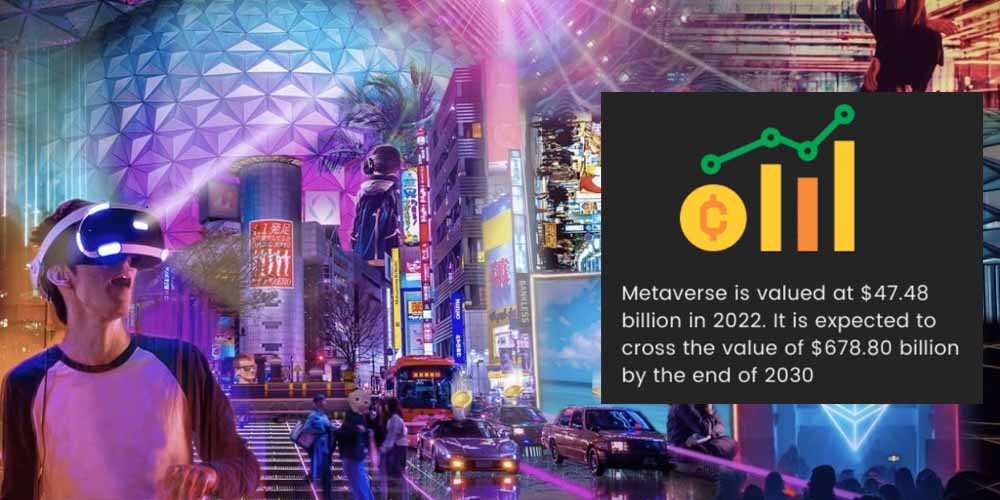
Nowadays, metaverse users experience those worlds using virtual and augmented reality. Through these experiences and proper devices, users interact with elements within the metaverse, objects, brands, and other inhabitants.
But augmented and virtual reality are different, although they share many features and constitutive elements. For instance, in both media, you enter a virtual space where brands and existing communities continuously interact to grow and develop the metaverse.
What Are the Differences Between Virtual Reality and Augmented Reality?
Virtual reality features a high-quality virtual environment that you enter through a VR Headset or virtual reality goggles. VR headsets allow you to completely immerse yourself in the virtually generated environment, capable of experimenting with the three dimensions like in real life.
You can experience multiple products through virtual reality, such as NFT or digital collectibles galleries, brand headquarters, games, and more. The latter has gained particular relevance in recent years since important gaming companies have bet on this media to offer unique products and different versions of classic games, such as Resident Evil 4 Remake, No Man’s Sky, and Beat Saber.
On the other hand, accessing augmented reality does not require a special headset or goggles. You can enter a virtual environment through your computer or smartphone and interact with a high-quality world in many aspects. In most cases, you use virtual avatars or an alter ego.
Why Is Marketing in the Metaverse Crucial for Brands?
Metaverse marketing strategies are crucial since big brands have found an infinitive space to exploit in the virtual world. Brands are now venturing into the metaverse, claiming virtual buildings, plots of land, and more, mirroring their real-world counterparts, and promoting their products, services, and names in virtual billboards, showcases, etc.
What’s more! Several famous brands, such as Nike (which offers digital sneakers) or Coca-Cola, have bought properties in the metaverse, such as Roblox, Decentraland, or the Facebook metaverse, to promote themselves to new users. In this context, marketing in the metaverse is fundamental to growing the business, reaching new customers, engaging a new target audience, and touching the sky.
Tips for Improving the Metaverse Marketing

Most strategies and concepts you use in traditional marketing can be used in parallel metaverse marketing since the rules are the same. Here is some advice to improve your digital marketing in the metaverse.
Define the Goals of Your Metaverse Marketing Strategy
Any marketing strategy’s core is knowing the metaverse marketing goals and objectives you want to achieve. Ask yourself:
- Why do I want to be part of the metaverse?
- What does my brand get from being part of that virtual world?
- Do I want my brand to increase the number of active users?
- Do I want to reach new audiences by installing a virtual store?
Questions like those above will help you establish goals and clarify your expectations from marketing efforts.
Of course, we know that objectives are shared for most companies entering the multiple platforms of the metaverse. For example, they sell virtual products or special items that users can redeem in the physical world.
You can have your own goals, and your mission is to try to meet them.
Remember that most metaverse platforms are often skew younger, so there are multiple opportunities and risks. Do not be discouraged if you see that the results are not what you expected – at least in the first months or years. The metaverse is growing, reaching more users daily.
Analyze and Identify the Platform that Fits Your Requirements
As we briefly mentioned in the first paragraphs of this article, there are multiple options when discussing the metaverse. For example, we mentioned Roblox and Decentraland, but other options are Cryptovolxes, Metahero, Sandbox, Rooom, and Second Life.
This is when differences between two categories of metaverse gain relevance. A centralized metaverse boasts a central structure and rules that users must follow. On the other hand, decentralized metaverses are freer, allowing users to build their own worlds, environments, relationships, and more.
At this point, try multiple platforms before leaning for one of them, and study their pros and cons. Often, you create marketing campaigns that can work in some but not others. A good example is the Italian luxury brand Gucci, which partnered with Zepeto, a social media platform and metaverse game.
Now we briefly describe what are the best options you should consider.
Decentraland
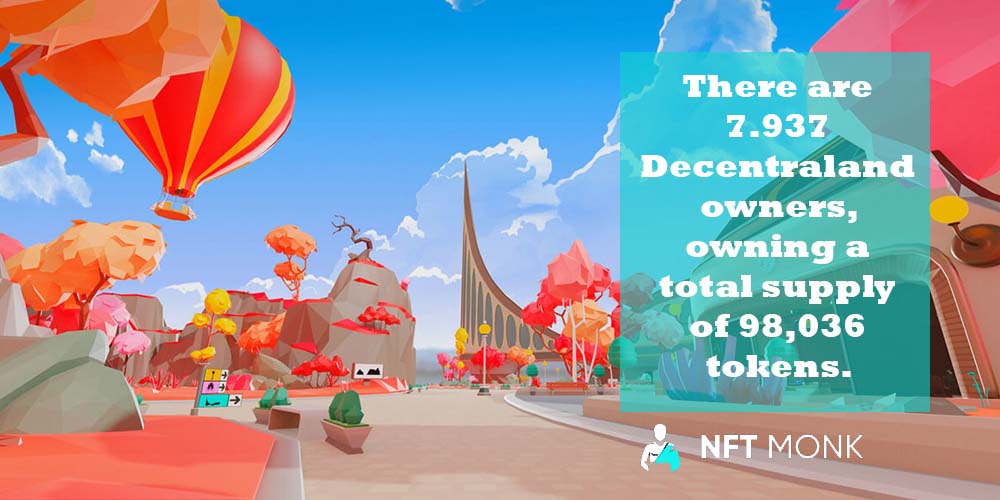
Decentraland is the major decentralized online setting and most significant metaverse, paying particular attention to its DAO (Decentralized Self-Governing Organization) with multiple agreements that allow users to trade digital plots of land and items thanks to Blockchain technology. Users can also monetize their properties by agreeing to brands, video games, virtual events, and more.
Roblox
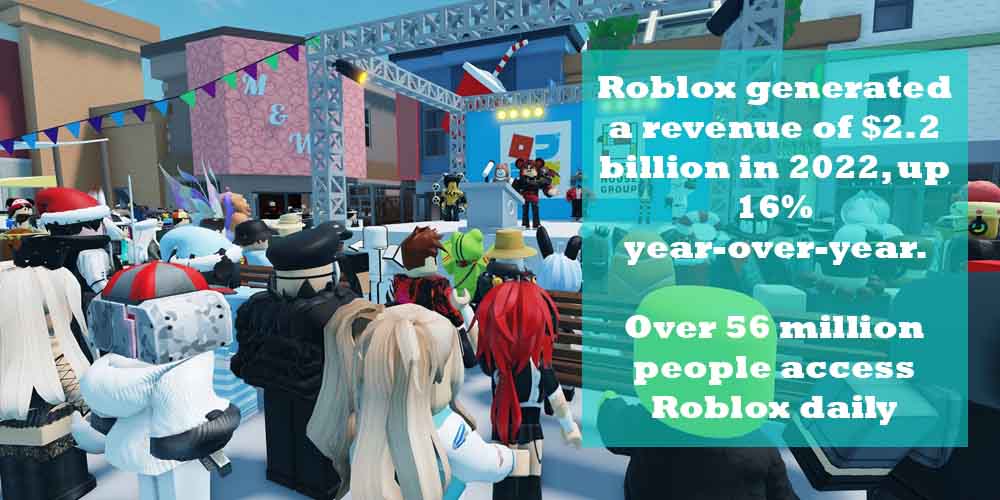
Roblox sells itself as the “ultimate virtual universe.” It is a social media platform offering metaverse games, interacting, chatting with other users, and trading products and services through its social e-commerce features. The most crucial aspect of Roblox is socialization. To improve these aspects, users can build their own spaces to earn and spend money.
The Sandbox

The Sandbox metaverse is a virtual gaming world that allows users to sell, buy, and exchange in the metaverse market through Blockchain technology. The Sandbox has entered the gaming industry with multiple digital products related to this world. Besides, this fully functioning universe allows you to create, use, and sell NFTs via its SAND token.
Design the Best Experience in the Digital World to Engage Audiences
User experience (UX) serves as the core essence of the virtual world. When individuals venture into these realms, they desire a fresh and captivating immersive encounter that transports them away from reality. Besides, users tend to perceive brands that participate or market in the metaverse as innovative. That said, if you include innovations among the key characteristics of your brand, you’ll gain hundreds of clients.
But what do the users mean when they think of “brand innovation”?
For instance, users tend to positively evaluate the inclusion of virtual wearables products, metaverse games, virtual stores, sponsorships, and other digital pieces. The secret here is to deliver innovative experiences that provoke positive feelings in the audience.
Still, to ensure a bright future, your brand should balance immersive experiences with native advertising and real-world activations.
Consider Money-Making Models

Nowadays, most businesses do not consider direct sales in the metaverse since it has yet to boast many users. However, companies can plan to capture the potential of direct sales.
Great brands have recently started to make direct sales. Although these sales are strictly low, brands focus on items users can use in the virtual world and real life. Two great examples of this are the aforementioned virtual sneakers of Nike, and Gucci, which sold a digital version of its Dionysus bag for USD$ 4,115.
One product you can consider for selling in the metaverse is avatars of your brand or even NFTs. These correspond to one of the most important businesses of the metaverse industry, at least at the moment we write this post.
Suppose your brand generates a vast amount of different content and products. In that case, you can plan to sell them directly through headquarters in the metaverse, offering promotions, discounts, and more.
Build Relationships and Partner for New Metaverse Capabilities
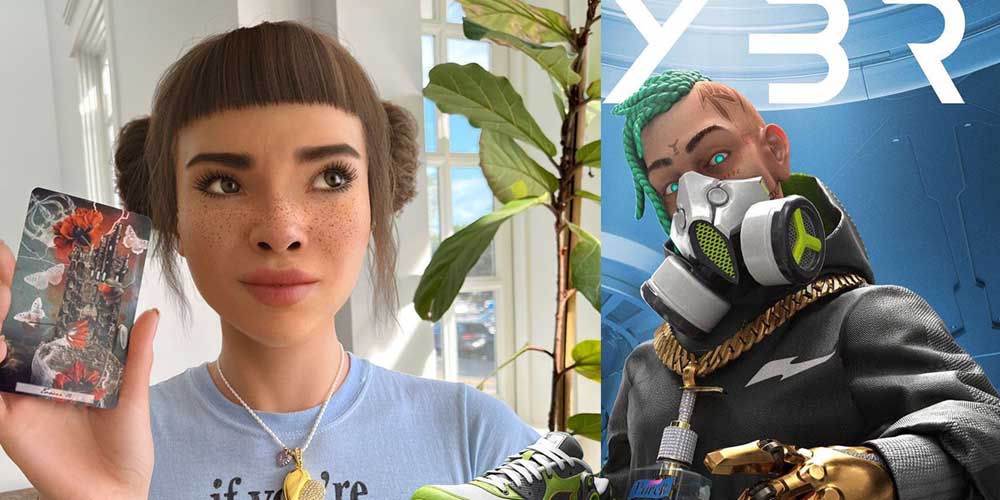
Metaverse capabilities are endless. But leveraging the metaverse’s opportunities involves knowing your brand’s strengths and weaknesses. Identifying weak points lets you see what skills your brand needs to develop to execute excellent marketing strategies.
For example, if you identify weaknesses related to your customer experience, you can put efforts into improving UX when users interact with your brand. In this sense, you should partner with other businesses to help you engage consumers by providing better and easier interaction with digital assets or non-fungible tokens.
If your brand needs more new technology to provide better products or virtual merchandise, partner with specialized companies that help you in this sense. A good partnership can be precious to building brand awareness and to start working on aspects to improve.
Another type of partnership is the interactions celebrated between brands and influencers or celebrities. For example, many musicians and celebrities have performed special presentations in the Fortnite metaverse. Other big stars, such as Snoop Dogg, have created particular immersive environments in the metaverse, leveraging these new worlds’ potential strategic implications.
Know and Plan for Risks to the Brand
Metaverses bring multiple benefits to users and brand opportunities, but they also have several risks. Since events are real-time and experiences are more immersive, your decisions can lead your brand to success or failure.
To minimize risks, your brand should establish basic rules of engagement for intellectual property rights, data privacy, customer experiences, etcetera, i.e., practices that users can follow.
Taking steps to reduce risk is vital to the success of the business. Ensure excellent peer-to-peer interactions by providing the best customer service to minimize risks and multiply your brand’s ways of interacting.
Measure the Success of the Marketing Strategy
If your brand is in the metaverse, it’s time to improve marketing and measure results to get insights. In this context, consumer journey analytics, the rate of visitors or interactions with your brand within the metaverse, and other data are examples of KPIs you should keep in mind.
Consider creating new engagement metrics unique for your brand or the specific metaverse. These metrics should represent new users’ unique behavioral economics and trades in the metaverse.
For instance, you can measure how many products you delivered were activated in real life if you offer products of this nature. An excellent example is the company Deliveroo, which made virtual deliveries of promo codes for Animal Crossing, the popular Nintendo game, to be activated in real-life. This company racked up 3 million interactions with users.
The Bottom Line
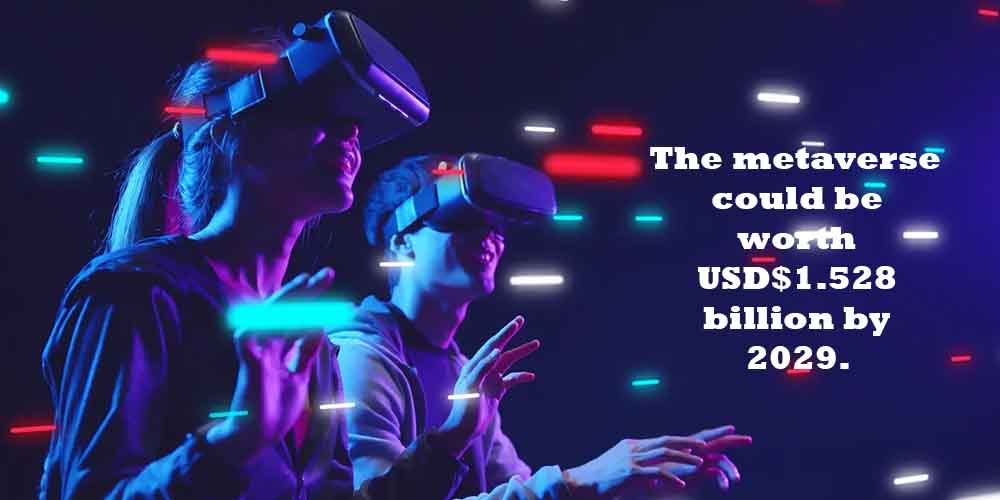
Fashion brands, tech brands, sports brands, and others have started to promote and sell their products in virtual worlds. This opportunity provides a great future potential for gaining popularity and increasing conversions. For this reason, many brands have bet on artificial intelligence, VR technology, or augmented reality (AR) to provide a new experience to consumers in the metaverse.
You can do the same to reach a larger audience. Design immersive ways of interacting with your products to bring new opportunities to your brand. Technologies are here for some reason and more than entertainment purposes only. Techs will help you to exploit your full potential in these new virtual worlds.
Become an innovative brand, and promote unique products, and you’ll gain your own space in the metaverse.
To do your best, read the other articles we have about Promote NFT. We continuously provide information about NFTs, cryptocurrencies, the metaverse, and other related topics.